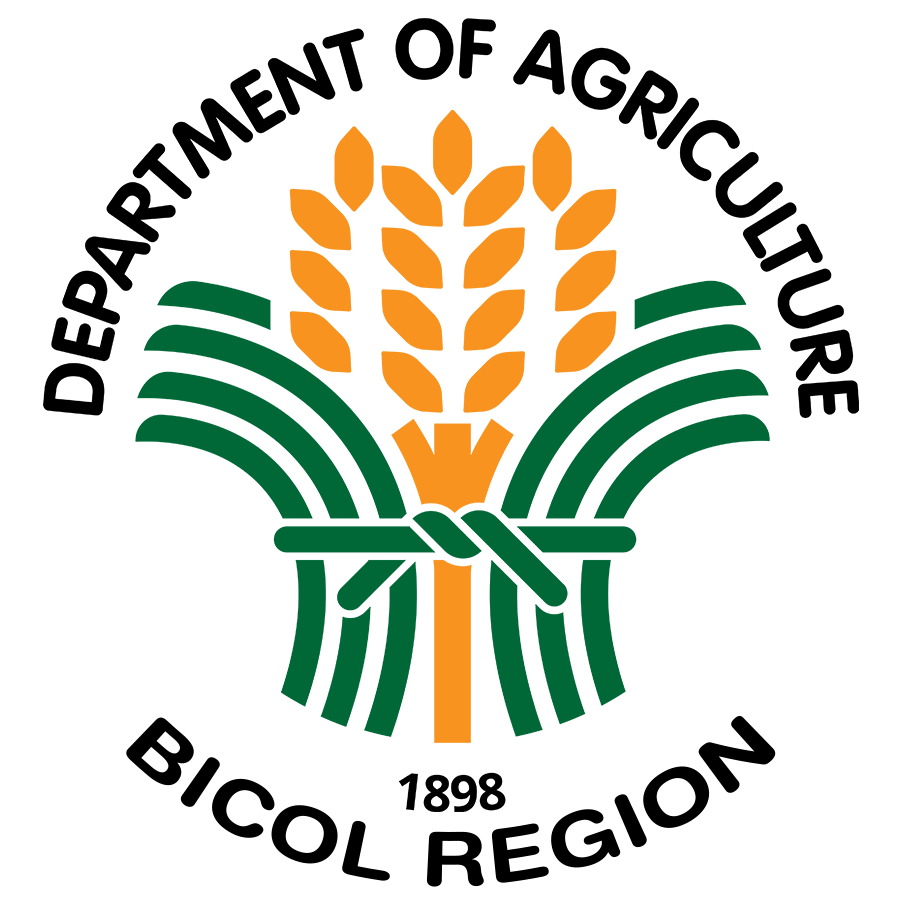SORSOGON CITY, SORSOGON – The Department of Agriculture Regulatory Division will reactivate the Integrated Pest Management (IPM). This time, with focus on multi-commodity crops.
This was announced by DA-Bicol Regulatory Division Chief Rosita M. Imperial during the Integrated Pest Management (IPM) Consultative Meeting Cum Planning Workshop held on August 23, 2018, this city. The said activity was attended by IPM Coordinators from nine municipalities in the province, the Provincial Agriculturist Dr. Ma. Teresa V. Destura, and agriculturists from the Provincial Agriculture Office.
The consultative meeting cum planning workshop aims to strengthen the DA’s partnerships with LGUs on IPM Management. With the DA’s institutional restructuring and paradigm resetting, the Regulatory Division was designated to conduct plant pests and diseases surveillance and monitoring which used to be one of the Regional Crop Protection Center’s (RCPC) functions.
IPM is intended to reduce the levels of crop pests and diseases and limit the inappropriate use of chemicals, provide alternatives for pest and disease management and boost product yield and quality, thereby increasing farmers’ income. It also contributes to a healthy, safe and resilient ecosystem through sustainable pest management.
DA-Bicol Agriculturist Cyndie Pardo shared insights on common insect pests of rice and their management. Among the insect pests on rice are whorl maggot, leaffolder, armyworm, grasshoppers, planthoppers, leafhoppers, black bug, mole cricket, stem borer and rice bug. Pardo highlights that cultural practices such as good land preparation, fertilizer management and planting of resistant varieties; habitat manipulation or ecological engineering and use of pesticide as the last resort are effective IPM for rice.
Meanwhile, Science Research Specialist Norman Concepcion discussed the pests and diseases on corn. Some of the common insect pests on corn are the corn borer, corn earworm, corn seedling maggot, white grub, armyworm, corn semilooper, corn aphids, and oriental migratory locust. Concepcion also noted the cultural and chemical control methods in pest management such as proper disposal of infected plants at harvest, treating seeds with slurry with thiram or captan at 120 grams per 50 kilogram seeds, selecting resistant varieties like the Philippine DMR Composite 2.
Moreover, Senior Agriculturist Edith Pelin lectured on the pests and diseases of cacao. These include the symptoms and control measures for cacao pod borer, mealy bug, mired bugs, twig borer or coffee carpenter, cacao podrot, stem canker and vascular streak dieback (VSD).
Pelin underscored that prevention, identification of plant disease, diagnosing severity and application of appropriate treatments are the key steps of integrated disease management.
Justine Guerrero, IPM Focal Person of Gubat and Nikka Angelu H. Torres, IPM Focal Person of Magallanes said that the consultation meeting and planning workshop was very beneficial to them because it refreshed their knowledge on crop pests and diseases and IPM.
Since frontline service provider ako sa LGU, it will help especially sa mga farmers who depend greatly, if not solely, sa paggamit ng chemicals to control yung pest and diseases sa crops. Bukod sa mababawasan ang gastos nila, somehow magiging sustainable po yung way of farming nila (Since I am a frontline service provider at the LGU, it will help especially to farmers who depend greatly, if not solely, in using chemicals to control crop pests and diseases. It will reduce their production costs and will somehow, make farming more sustainable),” Guerrero said.
Guerrero and Torres plan to disseminate the information on IPM to farmers in their respective municipalities during Farmers’ Meeting. They will also train and orient local farmer technicians and Barangay Agricultural and Fishery Council (BAFC) on IPM.
LGU and PLGU-IPM Coordinators are required to submit monthly reports on plant pest and diseases surveillance to the Regulatory Division. (Annielyn L. Baleza, DA-RAFIS 5)
